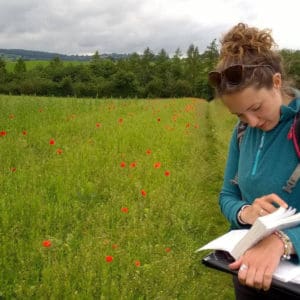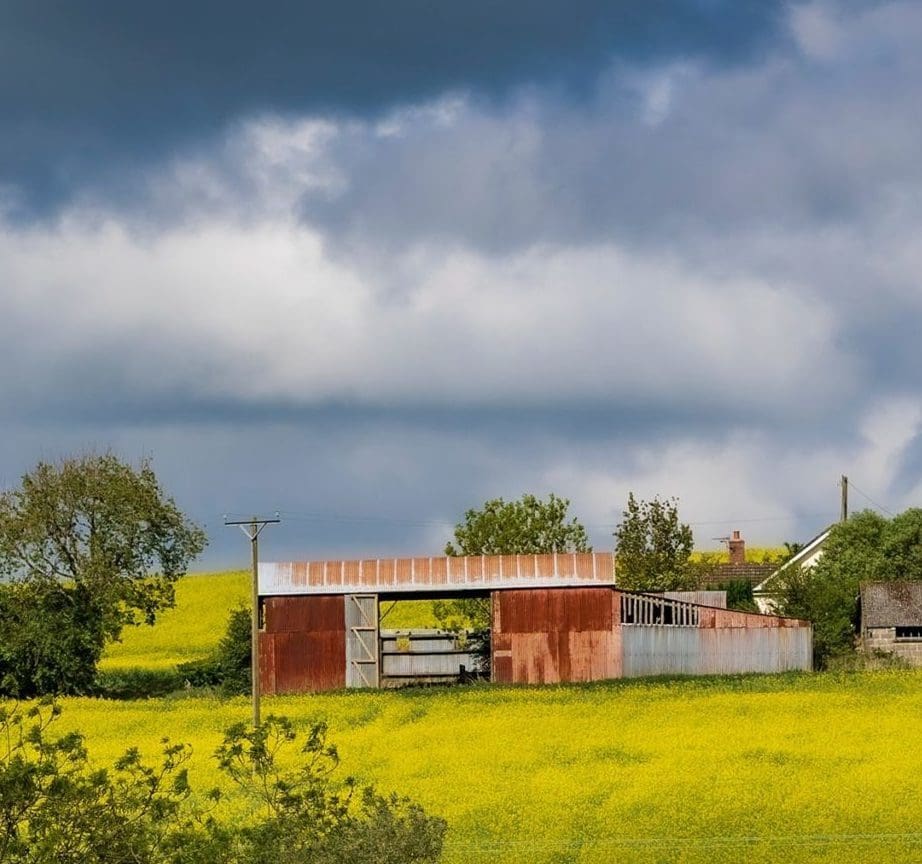
Here are some of our past projects, where you will find useful reports and information about these activities.
AONB Farming Awards
Lancaut & Spital Meeend archaeological investigations
Lost Walls of the Lower Wye Valley
We held the Wye Valley River Festival every other year for 4 years, bringing 2 weeks of arts, entertainment, wonder and spectacle celebrating the Wye Valley AONB. We choose a theme for each Festival (Woods and Trees, Water and Rivers), putting it at the centre of the arts and entertainment on offer. 2018’s River Festival was our most successful live outdoor event with the highlight being Luke Jeram’s Museum of the Moon at Tintern Abbey. 2020’s Festival, like many artistic events that year, had to be reimagined around the Covid-19 pandemic and it became predominantly a digital Festival. Here are some of the stats:
We commissioned 160 new pieces; 98 hours of content; worked with 222 artists; attracted 17,180 unique online audience members with 85,273 content downloads; managed 4 Covid-safe hyper-local performances attracting a live audience of 3,500. Our social media content reached 292,287 people
The Wye Valley River Festival was a Wye Valley AONB Partnership initiative with funding from many sources (The Arts Councils of England and Wales, Welsh Government, Heritage Lottery Fund, Forestry Commission England, Foresters’ Forest Landscape Partnership, the Environment Agency and in-kind support from Cadw). In 2021 the AONB Unit assisted the River Festival to become a Community Interest Company and we now sit on the CIC’s Advisory Board.
Wye Valley River Festival Website
Download 2014 Evaluation report here
Download 2016 Evaluation report here
Download 2018 Evaluation report here
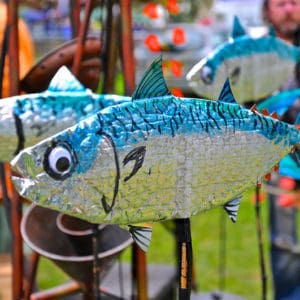

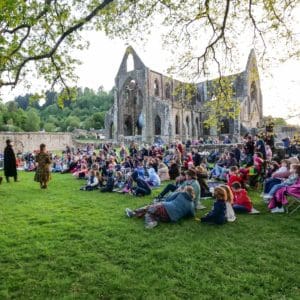

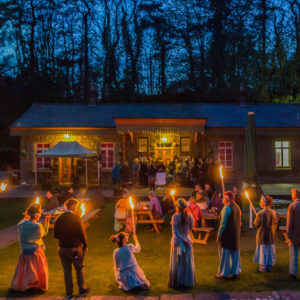

Overlooking the Wye was a £2.8 million Landscape Partnership Scheme, supported by the Heritage Lottery Fund (HLF) within the Wye Valley Area of Outstanding Natural Beauty. The name relates to the fact that most of the sites physically overlook the river, and that much of the heritage in the landscape had been forgotten about and culturally overlooked too. Work was undertaken as part of the project to conserve and enhance over forty inter-linked heritage sites in the area.
The project focused on helping visitors and local people to understand, enjoy and become involved in the sustainable management of this historic environment. There were four main themes – Hidden Industry, River Connections, Hillforts and Viewpoints – and under each theme sites were uncovered, conserved and educational and interpretation materials created. You can purchase a copy of the Overlooking the Wye guidebook here.
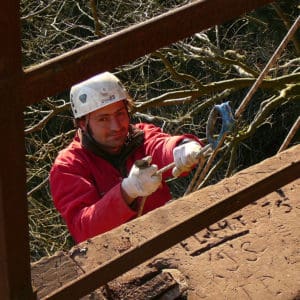

This was a small partnership project conducting walkovers, geophysical surveys and targeted excavations around the medieval churchyard at Lancaut and in the nearby promontory fort at Spital Meend, where the embankment appeared to be on the line of Offa’s Dyke. Questions included whether Lancaut was a Celtic (British) / Early Christian monastic complex, how and when Spital Meend was occupied and used, and how these related to Offa’s Dyke? The partnership was between the Forest of Dean Building Preservation Trust, who own Lancaut Church, Historic England, Gloucestershire Archaeology, Herefordshire Archaeology, Southern Marches Archaeological Practice Ltd., Wye Valley AONB Partnership and local landowners, with funding from Heritage Lottery Fund and Gloucestershire Environmental Trust. New interpretation and walking leaflets were also produced as part of the project.
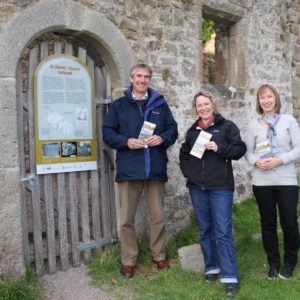

The Woolhope Dome is an area of some 50km2 of wooded hills and rolling farmland, south-east of Hereford in the northern section of the Wye AONB. The Woolhope Dome Project aimed to promote sustainable land management for conservation and landscape benefit with rural regeneration and community-led solutions. The project promoted awareness of biodiversity and landscape on the Woolhope Dome through advice, woodland, grassland and orchard seminars, community training events, guided farm and woodland walks, and regular volunteer conservation. A key element was the promotion of products that reinforced the character of the countryside and supported land managers. A Farmers Market was established and local producers received training in food hygiene, marketing, computer skills and small business development.
As well as giving advice and practical help to landowners the project set up a Sheep and Wildlife Enhancement Scheme (SWES) across 50 hectares of species-rich grassland. The SWES allowed conservation grazing on and adjacent to SSSIs. Traditional breeds are now used to manage sites in the area and marketed as such for meat or as pedigree breeding stock. Charcoal production and timber sales from local woodlands were supported. Seed funding from the project lead to Chestnut from local woodlands being used to fence the grassland sites. The lessons learned from the projects include:
The Woolhope Dome Project was a partnership project between local people, Forestry Commission, Herefordshire Nature Trust, Herefordshire Rural Hub, Natural England, and the Wye Valley Area of Outstanding Natural Beauty (AONB), with additional funding from the Herefordshire Rivers LEADER+ programme.
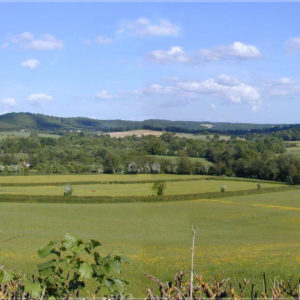

The primary aim of the project was to restore the most important ravine woodlands in England and Wales, including the extensive woodlands in the Wye Valley AONB, on the border of South Wales by:
The Ravine WoodLIFE Project achieved these aims through:
The Ravine WoodLIFE Project was established by WWF-UK and supported by Natural England (formerly English Nature), Countryside Council for Wales, Forestry Commission, The National Trust, the Wye Valley Area of Outstanding Natural Beauty (AONB), Derbyshire Wildlife Trust and The Woodland Trust
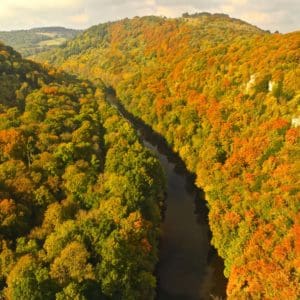

Volunteer surveyors helped to collect a wealth of information about the Wye Valley AONB’s drystone walls, which could total some 600 miles in length. Their help in recording and in some cases rediscovering these historic landscape features has contributed to the report The Lost Walls of the Lower Wye Valley.
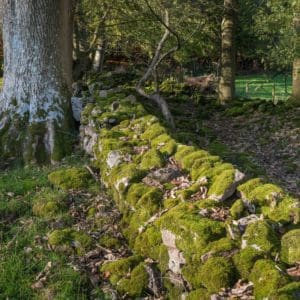

The mindSCAPE project was a BIG Lottery funded AONB project, the aim of which was to reconnect people living with dementia, and their carers, with the landscape in a creative way. The project was based on evidence that spending time in, and engaging with, the natural environment is beneficial for health and wellbeing. The AONB Unit focused on people living with dementia as a particularly hard to reach group. The project was delivered for by Artspace Cinderford, in partnership with the AONB, the Forestry Commission and Forest of Dean District Council. Fortnightly arts activities were run throughout the year by a wide variety of arts practitioners, and delivered outside as much as possible, initially at the Bracelands activity centre and later at the Orchard Trust in Lydbrook.
Participants found the project through referrals from the Alzheimer’s Society as well as direct referrals through word of mouth. Activity increased from just one group to working in a number of Care Homes in the Forest of Dean through the Foresters Forest Landscape Partnership Scheme. The mindSCAPE project has continued beyond the BIG Lottery funding, and is now led by Artspace Cinderford and delivered with Arts Council England funding. More groups are being developed and further community engagement work is planned.
Download mindSCAPE End of Project Report
Download mindSCAPE Connecting creatively to the Landscape – Community Nature Based Activity Guide
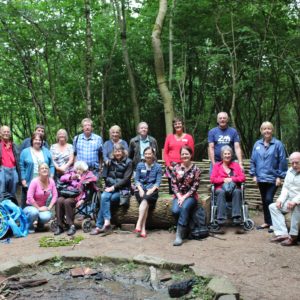

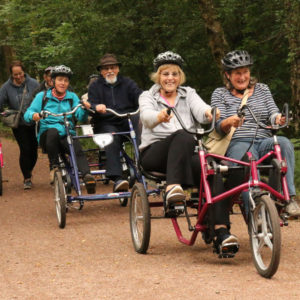

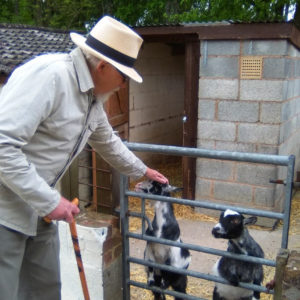

This study aimed to highlight potential areas where work could be carried out to open up lost views of the River Wye from the A466 between Monmouth and Chepstow. Historically, viewpoints in the Wye Valley were more open due to the way that riparian woodlands and adjacent land were managed. As heavy industry and the railway in the Wye Valley declined, the steep valley sides became more wooded and trees grew up along roadsides, providing habitat for wildlife and in many areas, a visual screen and noise buffer from road traffic. Roadside and bankside vegetation is now quite dense in places, obscuring previous views of the river. This report investigates some of the areas put forward as lost viewpoints, as well as exploring other areas that have the potential to be opened up.
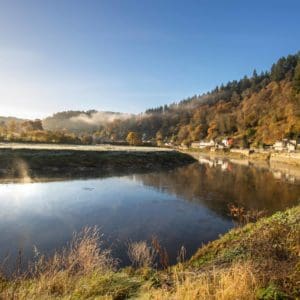

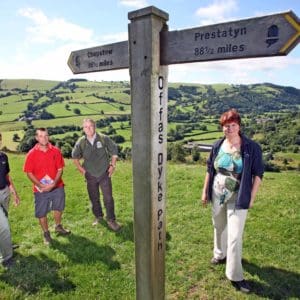

Nearly 1000 ha of woodland in the lower Wye Valley is designated as a Special Area of Conservation (SAC) but large deer populations are having a detrimental impact on these important woodlands. This study investigated the current situation regarding wild deer management in the lower Wye Valley AONB (and on nearby countryside most under pressure from deer browsing). The study looked at where venison is processed and sold, and how it is marketed. It also investigated whether there are opportunities to develop a local market for venison and what stages of the supply chain need to be developed to ensure it can be supplied, processed, distributed and marketed locally. Wild deer are managed by a number of organisations and individuals, but there appeared to be little evidence of venison being taken through for sale locally, or of marketing activity to highlight the provenance and conservation value of local venison. The report has highlighted a number of recommendations which will help to encourage people to buy and sell local wild venison.
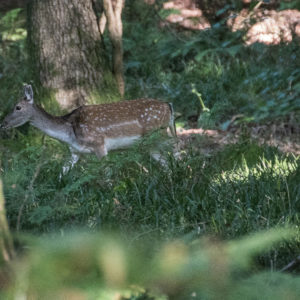

In 2017 the Wye Valley AONB Unit, with support from Natural England, commissioned a report to investigate baseline data on habitat and water quality on the Garren and Gamber brooks in Herefordshire. The aim of the study was to establish habitat and water quality, the extent of existing species and potential for future habitat or management improvements. Ecological survey trainees Becca Bratt and Jess Vuckovic worked with partner organisations and individuals to gather information and carry out survey work, as well as highlighting opportunities for enhancement opportunities which could form the basis of future funding applications. The final report comprises the findings of a number of organisations interested in the condition of these brooks and the River Wye SSSI/SAC, including the Environment Agency, Natural England and Herefordshire Wildlife Trust.
